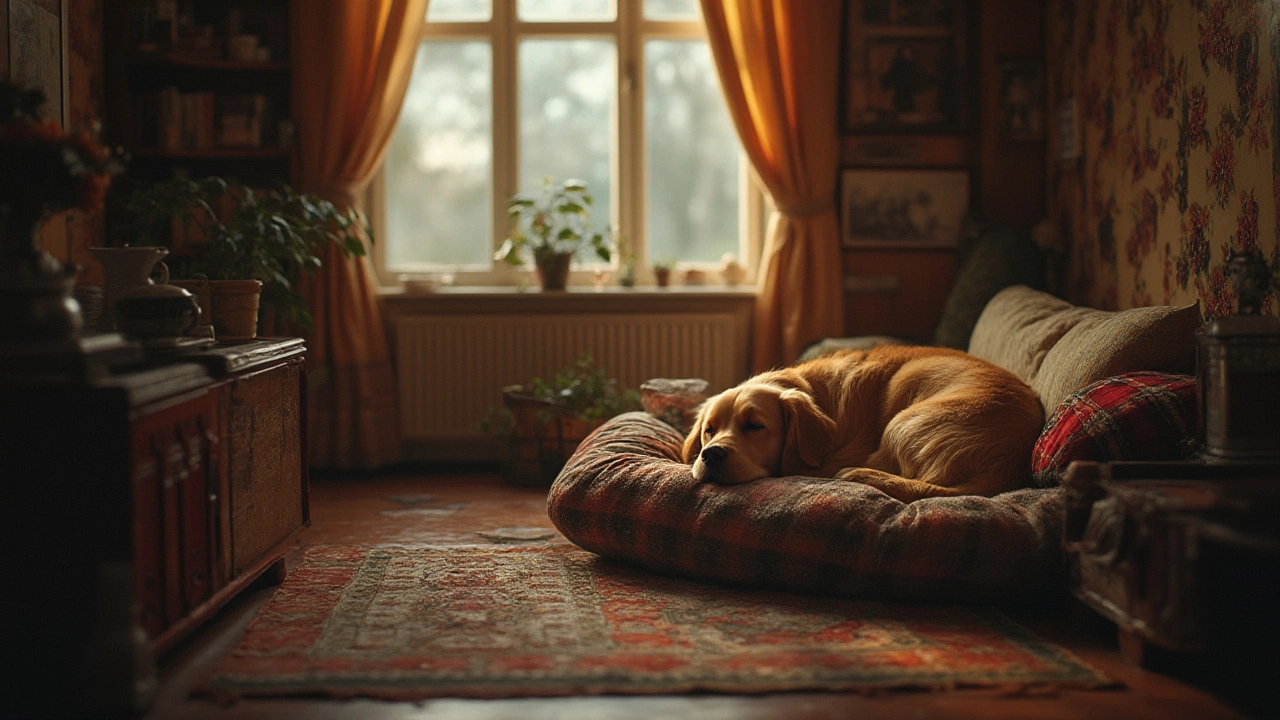Should I Turn Off the Light for My Dog? Here’s What You Need to Know
Most owners aren’t sure whether a dark bedroom helps or hurts their pup. The short answer: it depends on your dog’s age, breed, and temperament. Some dogs love total darkness, while others feel uneasy when the lights go out. Let’s break down the science and give you easy steps to make bedtime smoother for both of you.
How Light Affects a Dog’s Sleep Cycle
Dogs have a different circadian rhythm than humans. They notice changes in light, but they’re not as reliant on it for melatonin production. Still, bright rooms can keep a younger puppy alert, and a sudden blackout can trigger a stress response in an older dog that’s used to a night‑light.
If your dog sleeps soundly with the lights off, you’re probably fine. Problems show up when the dog paces, whines, or barks the moment you flick the switch. In those cases, the darkness itself is the trigger, not the absence of light.
When Keeping a Light On Is Actually Helpful
Older dogs with vision loss or arthritis often rely on a low‑level glow to navigate the house safely. A soft night‑light near their bed can prevent bumps and reduce anxiety. Likewise, dogs that are crate‑trained may feel more secure if they can see a faint outline of the room.
For puppies still mastering house‑training, a dim light can help you spot accidents early. It also gives you a chance to intervene before they develop a habit of relieving themselves in the dark.
So, if you notice your dog reacting negatively to total darkness, try a night‑light with a warm hue. Keep it low‑watt and place it away from the crate or bed to avoid glare.
On the flip side, if your dog is a deep sleeper and you’re not a night‑owl, cutting the lights can save energy and create a quieter sleep environment for both of you. Dogs don’t need a TV or a lamp to drift off; they mainly need a comfortable spot, routine, and reassurance.
Here’s a quick checklist to decide:
- Does your dog whine or bark when the lights go out?
- Is your dog older or does it have vision issues?
- Do you need to see your pup for nighttime potty trips?
- Is the room temperature comfortable?
If you answered “yes” to any of those, keep a soft light on. If all answers are “no,” feel free to turn the lights off.
Another tip: use a consistent bedtime cue. A short phrase like “bedtime” followed by a gentle pet can signal it’s time to settle, regardless of lighting conditions.
Finally, watch for signs of anxiety. Pacing, drooling, or trembling are red flags that your dog isn’t comfortable with the darkness. In those moments, a calm voice and a brief light can calm them down quickly.
Remember, every dog is unique. Experiment with a low‑level night‑light for a week, observe behavior, then adjust. The goal is a relaxed pup and a good night’s sleep for you.
Got more questions about lighting, sleep, or calming techniques? Drop a comment below or explore our other guides on dog health and comfort.
Posted By Bryndle Redding On 8 Jul 2025 Comments (0)
Should You Leave the Light On or Off for Your Dog at Night?
Unsure if you should turn off the light for your dog at night? Explore how darkness, anxiety, and home safety impact your dog's sleep and well-being.
READ MORE